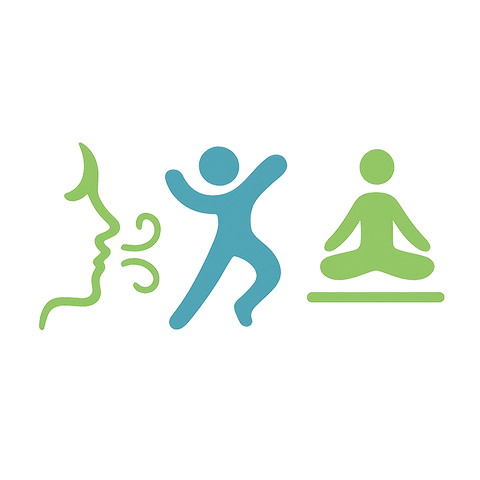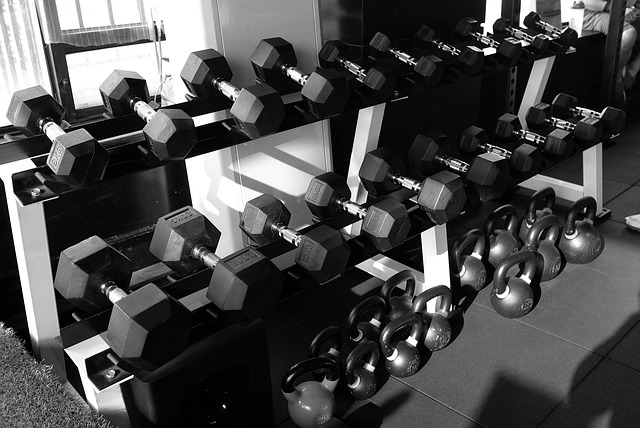Embarking on a journey towards better cardio fitness feels like putting one foot in front of the other, doesn’t it? It’s a process, a series of steps taken consistently over time. Improving your cardiovascular health is one of the most impactful things you can do for your overall well-being, laying the foundation for greater energy, resilience, and the ability to engage fully in life’s activities. Let’s break down how to approach cardio training, step by step, to build lasting fitness and health.
Why Cardiovascular Fitness Matters for Health and Fitness
At its core, cardio fitness is about the efficiency of your heart, lungs, and blood vessels in delivering oxygen to your working muscles. A strong cardiovascular system means:
- Improved heart health, reducing risks of heart disease.
- Better lung capacity and respiratory function.
- Increased metabolism and easier weight management.
- Reduced stress levels and improved mood.
- Enhanced energy levels throughout the day.
- Greater endurance for physical tasks and activities.
Achieving these benefits requires consistent training, built gradually – step by step.
Your Step-by-Step Training Guide
Building cardio fitness isn’t about going from zero to marathon runner overnight. It’s a progressive journey. Here’s how to approach it:
Step 1: Assess Your Starting Point
Before you start, understand your current fitness level. If you’re new to exercise or have underlying health conditions, consult your doctor. For most, this means starting slow with manageable activities like brisk walking.
Step 2: Choose Your Activity (and Enjoy It!)
The best cardio is the cardio you’ll actually do consistently. This could be walking, running, cycling, swimming, dancing, hiking, or using cardio machines at the gym. Try a few different things to find what you enjoy. Variety keeps things interesting!
Step 3: Start Gradually and Focus on Consistency
Begin with achievable goals. Aim for shorter durations (e.g., 15-20 minutes) at a moderate intensity a few times a week. The key is consistency over intensity in the beginning. Make it a regular part of your routine – a non-negotiable step.
Step 4: Understand Intensity
Intensity is crucial for progress. A simple way to gauge it is the talk test.”
- Low Intensity: You can sing comfortably.
- Moderate Intensity: You can talk, but not sing. (This is a great starting point and sustainable for longer durations).
- High Intensity: You can only say a few words before needing to catch your breath.
Gradually work towards spending more time in the moderate-to-high intensity zones as your fitness improves.
Step 5: Progress Gradually (The “Step Up”)
Once you can comfortably complete your current routine, it’s time to progress. This could mean:
- Increasing the duration of your sessions (e.g., add 5-10 minutes each week).
- Increasing the frequency (e.g., add another day of cardio).
- Increasing the intensity (e.g., add some hills, intervals, or increase speed/resistance).
Only increase one variable at a time to allow your body to adapt and prevent injury. This is truly taking it one step at a time.
Step 6: Listen to Your Body and Recover
Rest and recovery are just as important as the training itself. Pay attention to signs of fatigue, pain, or overtraining. Allow for rest days, get enough sleep, and nourish your body. Pushing too hard without recovery can hinder progress and lead to burnout or injury.
Connecting Cardio to Daily Activity
As your cardio fitness improves, you’ll notice a significant difference in your daily life and ability to perform activities. Climbing stairs becomes easier, keeping up with kids or pets feels less taxing, weekend hikes are more enjoyable, and you have more energy for hobbies and social activities. Your improved fitness enables a more active and fulfilling life, proving that every step you take in training contributes to a greater capacity for life’s many activities.



